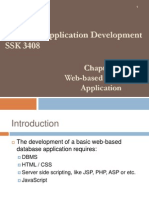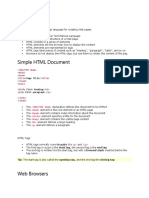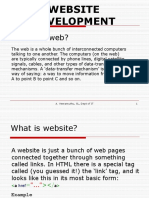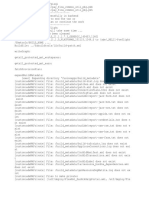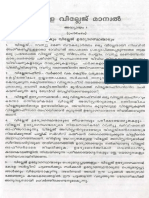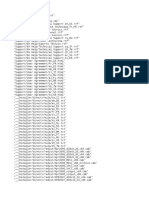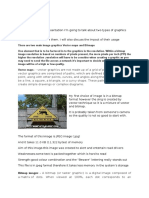0% found this document useful (0 votes)
74 views8 pagesWorkshop Webengineering Basics
This workshop briefly explains the basics of web designs.its very useful to learn baiscs about web designing.
Uploaded by
Emaan FatimaCopyright
© © All Rights Reserved
We take content rights seriously. If you suspect this is your content, claim it here.
Available Formats
Download as PDF, TXT or read online on Scribd
0% found this document useful (0 votes)
74 views8 pagesWorkshop Webengineering Basics
This workshop briefly explains the basics of web designs.its very useful to learn baiscs about web designing.
Uploaded by
Emaan FatimaCopyright
© © All Rights Reserved
We take content rights seriously. If you suspect this is your content, claim it here.
Available Formats
Download as PDF, TXT or read online on Scribd
/ 8












